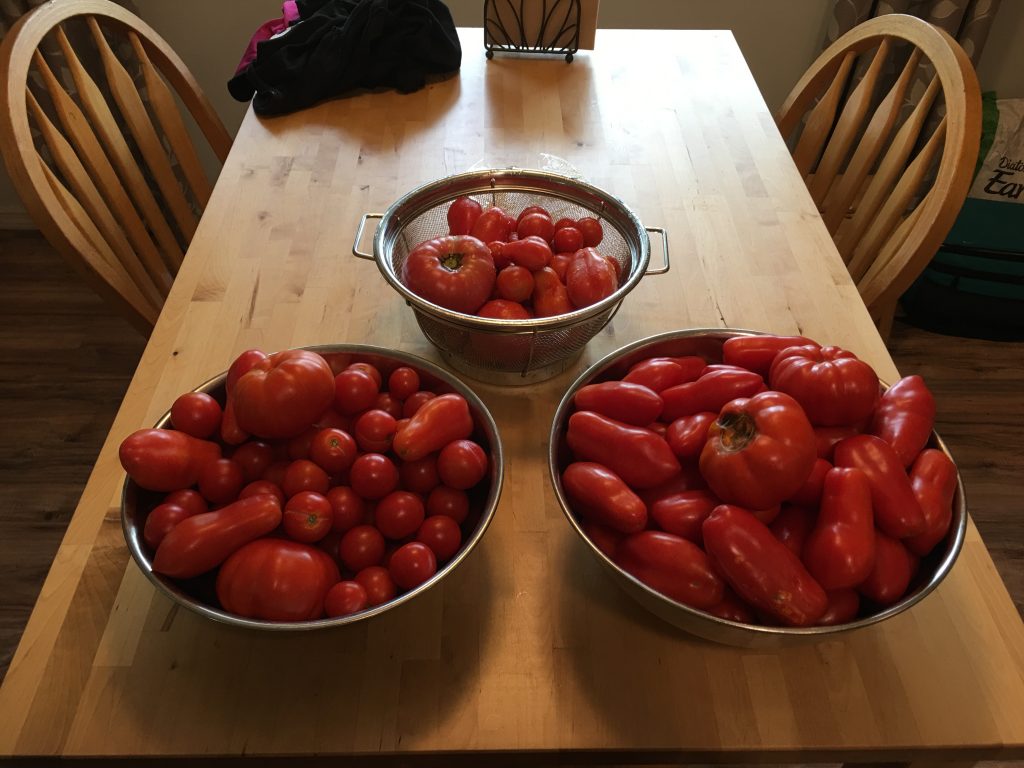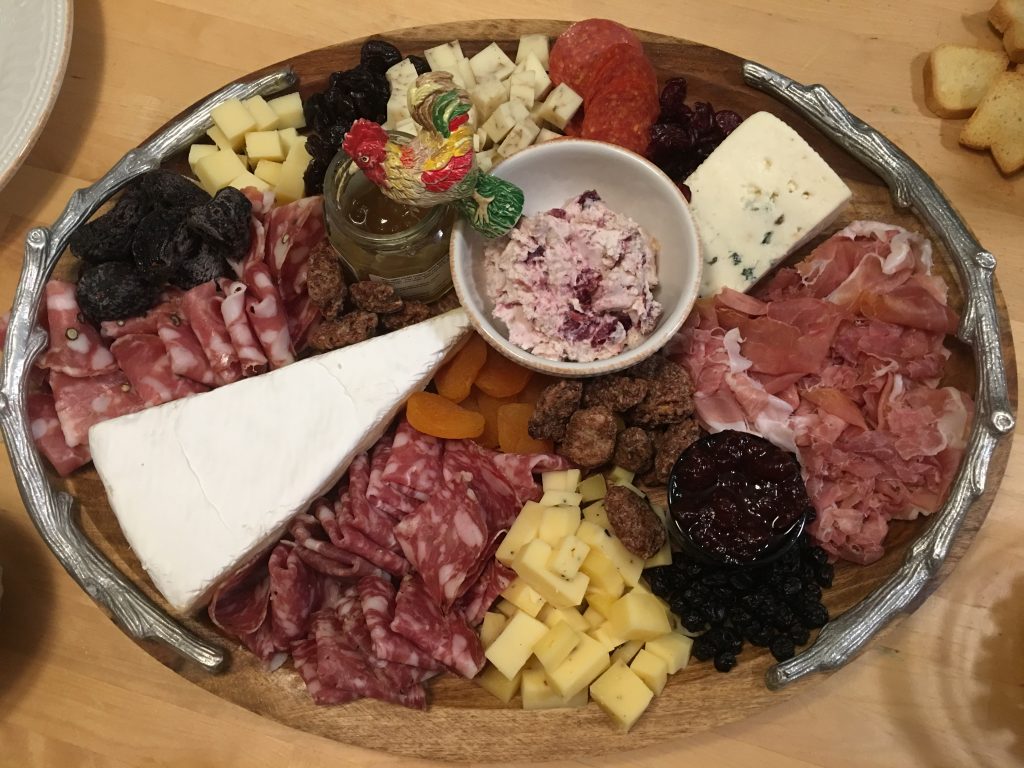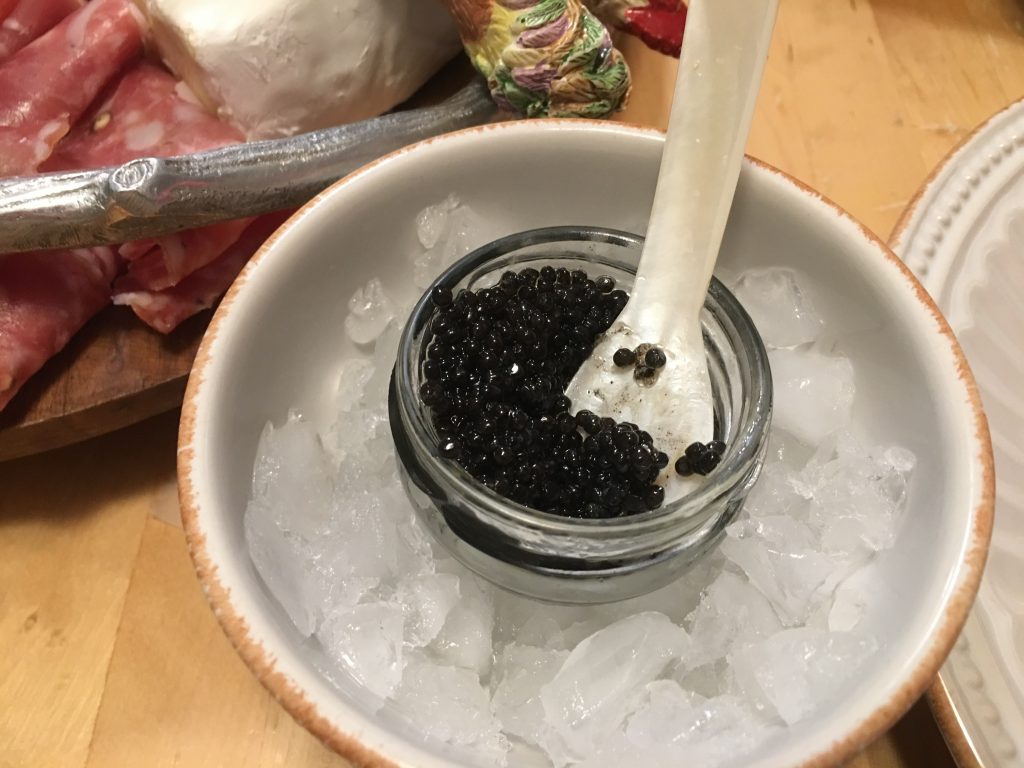Aquarium equipment, like all hobby paraphernalia, runs the full price range gauntlet. And one can certainly make due with cheaper components, save one piece: lighting. It always amazed me how much a simple fluorescent hood costed, provided it could accommodate multiple lightbulbs (stock units invariably housed a single), and since I required multiples to satisfactorily grow any plants–yet couldn’t afford the units–I was left with a final option: DIY.
Initially, I took that tiny plastic bulb housing and wired in a set of secondary bulb connectors (these were 24″ T8 fluorescents). And that worked, but was still much too dark.
Then I acquired a second stock fixture, identical to the one I had, bolted the two together, covered the inside with aluminum foil, mounted the ballasts to the back, and affixed a total of 4 bulb connector sets. I was pleased with my handiwork, and had successfully created a lighting fixture that was considered “medium light” by hobbyists.
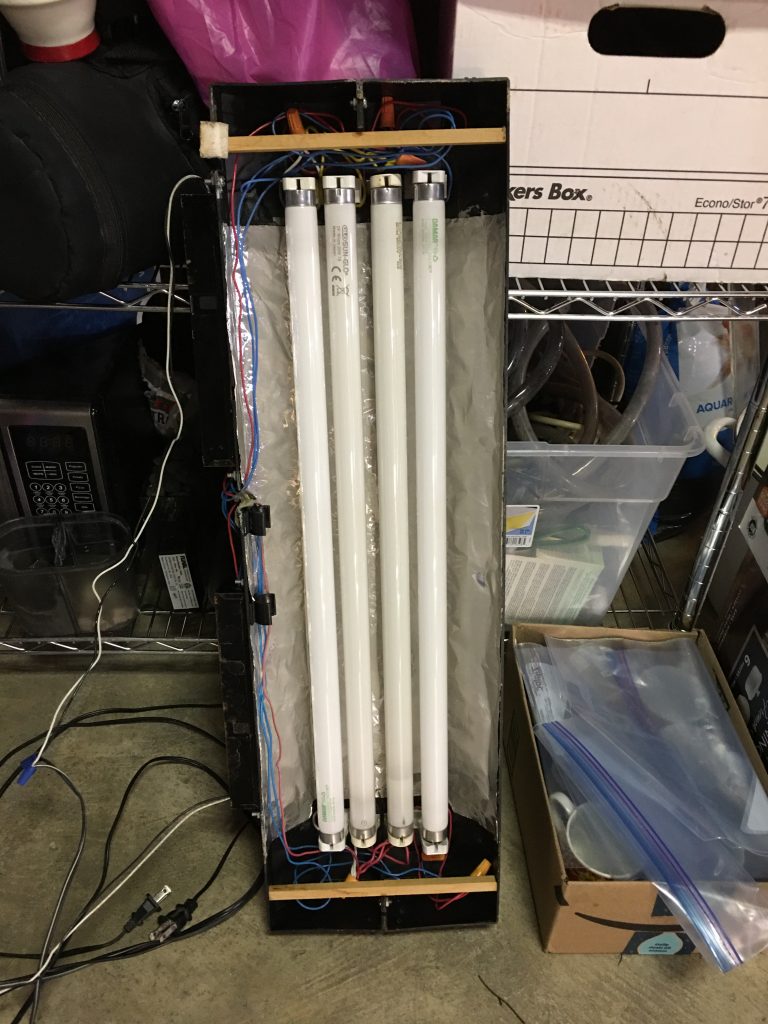
Each ballast ran to a separate power cord, in turn to staggered plug timers. Each bulb was also a different spectrum, selected to suit my own preferences. At one point I even attached a moonlight (clips at left), but it had since burnt out.
Ultimately it worked, but was somewhat…janky?…ghetto? You get the idea. It was a hack, and an inelegant one. I vowed to remedy that.
(Yet it still provided nice lighting, as can be seen in this prior post):
Technology has advanced somewhat since those days, and a new option, initially also cost-prohibitive, has now become quite affordable: LEDs. And that, combined with my mid-life salary, left me with little excuse to forestall any longer. It was time for research.
My requirements were simple. It needed to be around 2000 lumens (4x 15watt 24″ T8s run 2000-2400 lumens, more or less, and given the bounceback effect from their omnidirectional properties, plus their fading output, 2000 lumens was probably at the high end of what I was getting with my rig), 30 inches, and not plastic (I wanted something a little more aesthetically pleasing).
I found some good candidates, but the aquarium community steered me towards the Nicrew brand, so I ultimately decided on this number:
As a bonus, they make a dual-channel timer/controller for it, so I can stagger the times of the white and blue lights for nighttime, as well as set the blue level intensity. Here’s what it looks like installed:
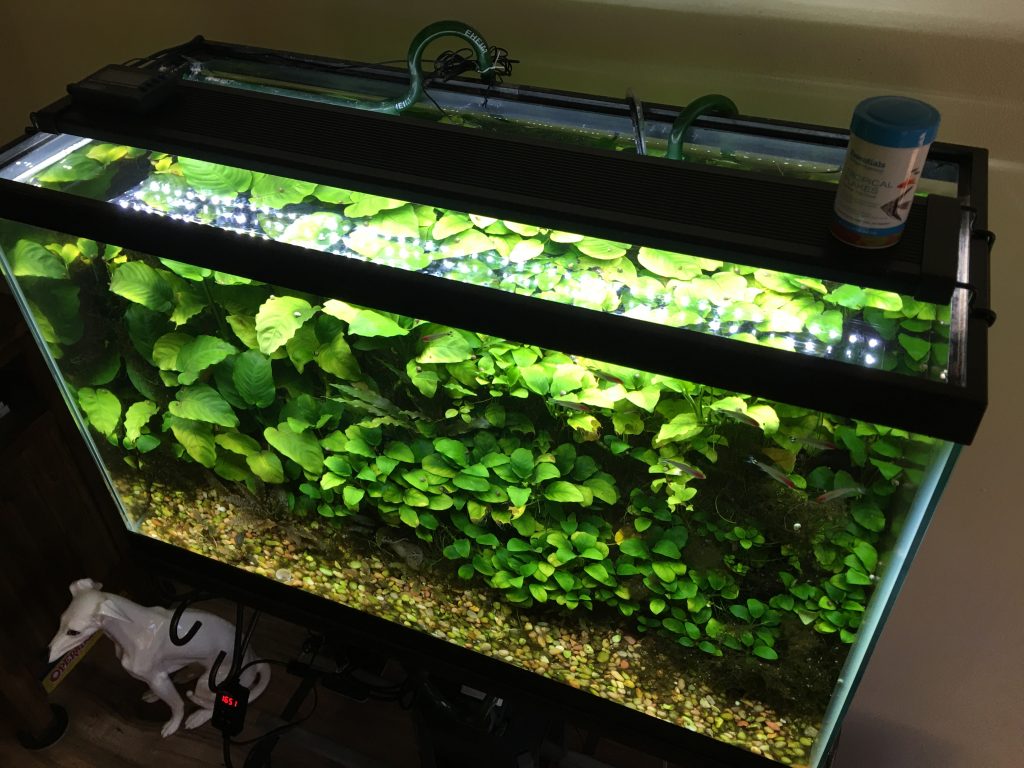
It also uses half the energy.
It also probably won’t kill me if it gets wet.
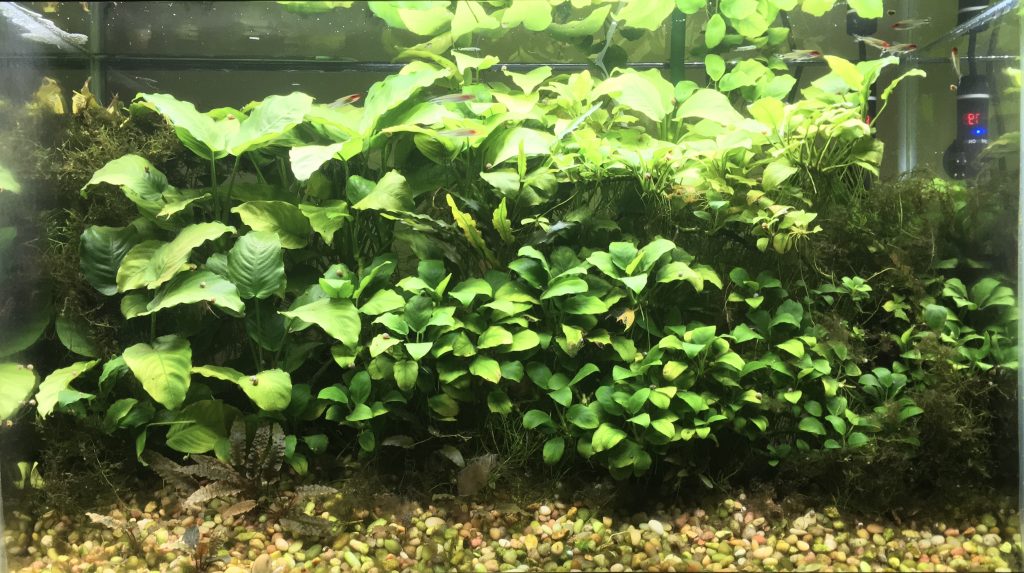
And it looks pretty nice, too. If you’re looking to upgrade an aquarium light, LEDs are certainly worth consideration.
–Simon


